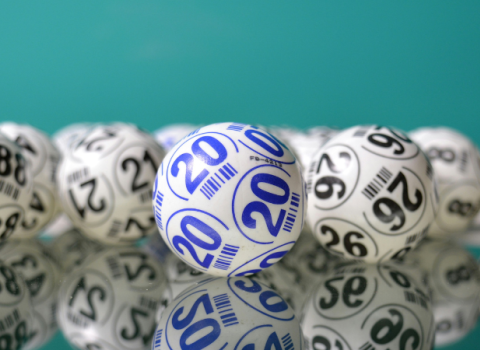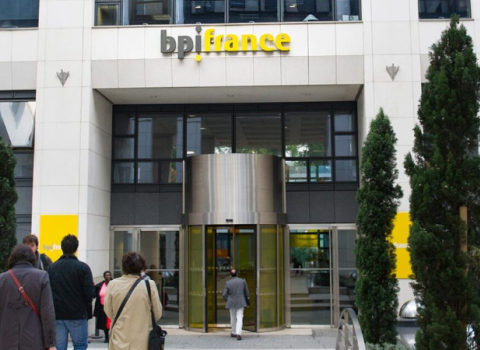IP|Business is supported by Foley & Lardner LLP
President Obama signed the America Invents Act of 2011 (AIA) on Friday, September 16, 2011, during a ceremony at the Thomas Jefferson High School for Science and Technology in Alexandria, Virginia, considered by many to be the nation’s premier technology high school.
The signing ceremony took place a short distance from the US Patent and Trademark Office (USPTO) and the US Court of Appeals for the Federal Circuit (which has exclusive jurisdiction over appeals of patent cases), the two institutions that will largely shape the practical effects of the AIA.
This article briefly discusses some key provisions of the AIA. Much of the AIA will be phased in over a period of 18 months, however some changes are immediate. Critics have accused the AIA of “Europeanizing” the US patent system by eliminating the best mode requirement, moving to a first-to-file system, and expanding post-grant review. The AIA vindicates those who favour these changes, of course.
Those who believe that good things in life are free - and that the AIA is good - may be disappointed in the AIA’s quick introduction of a 15 per cent surcharge on most patent office fees (with effect from 26 September 2011). Nevertheless, the resulting additional funds are meant to allow the USPTO to shorten examination times for patent applications and to reduce the backlog of appeals by hiring more examiners and administrative patent judges.
Patent applicants will be relieved to know that, effective immediately, the AIA essentially eliminates the requirement to disclose in a patent application the “best mode” of practicing the invention. The existing law required inventors to disclose in a patent application the optimal method for carrying out the invention contemplated by the inventor, that is, what the inventors thought would work the best, at the time of filing the patent application. This requirement does not exist in other countries, such as countries in Europe, and had presented a potential trap for foreign applicants seeking a US patent based on a foreign application that might have been drafted without a local requirement to disclose the “best mode”.
Effective immediately, an accused infringer cannot raise as a defense that the patent is invalid for failure to disclose the best mode. The USPTO retains the ability to raise the best mode requirement as a ground of rejection, but has no practical capability to determine what the inventor was thinking. It would be an understatement to say that examiner rejections based on the best mode requirement have been extremely rare. The best mode defense was quite useful, however, to accused infringers in US litigation because during discovery, which is significantly more expansive in the US compared to Europe, inventors’ correspondence and deposition statements about the invention could be used to show the best mode was missing from the patent application.
The AIA also brings the US from a “first-to-invent” system closer to the internationally prevalent “first-to-file” approach. Closer, perhaps, but with some differences. Indeed, the standard is referred to as “first-inventor-to-file”. Thus, the AIA eliminates the US interference proceedings, which were legendary for procedural traps that often dictated the outcome more than the underlying merits, for determining who was the earliest inventor. The relevant AIA provisions will be phased in over time, so interference will not disappear immediately. Nevertheless, the AIA retains “derivation” proceedings as a remaining vestige of traditional interference. Derivation proceedings will determine whether the first applicant derived the invention from a later applicant. If successful in such a derivation proceeding, a later applicant would retain rights to the claimed invention. Such arguments were rarely raised during interference proceedings, so one can expect such derivation proceedings will be rare.
The AIA also introduced post-grant review (PGR) allowing for broader challenges to granted patents than were available. The pre-existing US re-examination proceedings were limited in scope, in that patents could solely be challenged based on prior art. PGR may be based on any grounds, including those not based on prior art (for example, indefiniteness and lack of enablement). An opponent must request PGR within 9 months of the patent’s grant date. Other restrictions on PGR include a 1-year delay after AIA’s enactment before PGR is available, and a requirement that that the opposed patent must have been filed under AIA provisions. Consequently, considerable time may pass before the USPTO initiates any PGR proceedings.
The AIA has changed the name of the Board of Patent Appeals and Interferences (BPAI) to the Patent Trial and Appeal Board (PTAB), which is an understandable change given that the AIA eliminates interferences from the Board’s duties. The PTAB retains the duties of the BPAI (for example, review of final examiner rejections and re-examinations) and takes on new proceedings of the AIA (for example, PGR and derivation proceedings). Overall, one would expect the AIA will increase the workload of the PTAB, despite phasing out interference proceedings. The USPTO has expressed plans to add a significant number of judges to the PTAB.
By Rouget F. (Ric) Henschel, Foley & Lardner LLP
Foley & Lardner LLP plans a series of follow-on articles to explore in greater depth the details of this important legislation.





 A unique international forum for public research organisations and companies to connect their external engagement with strategic interests around their R&D system.
A unique international forum for public research organisations and companies to connect their external engagement with strategic interests around their R&D system.